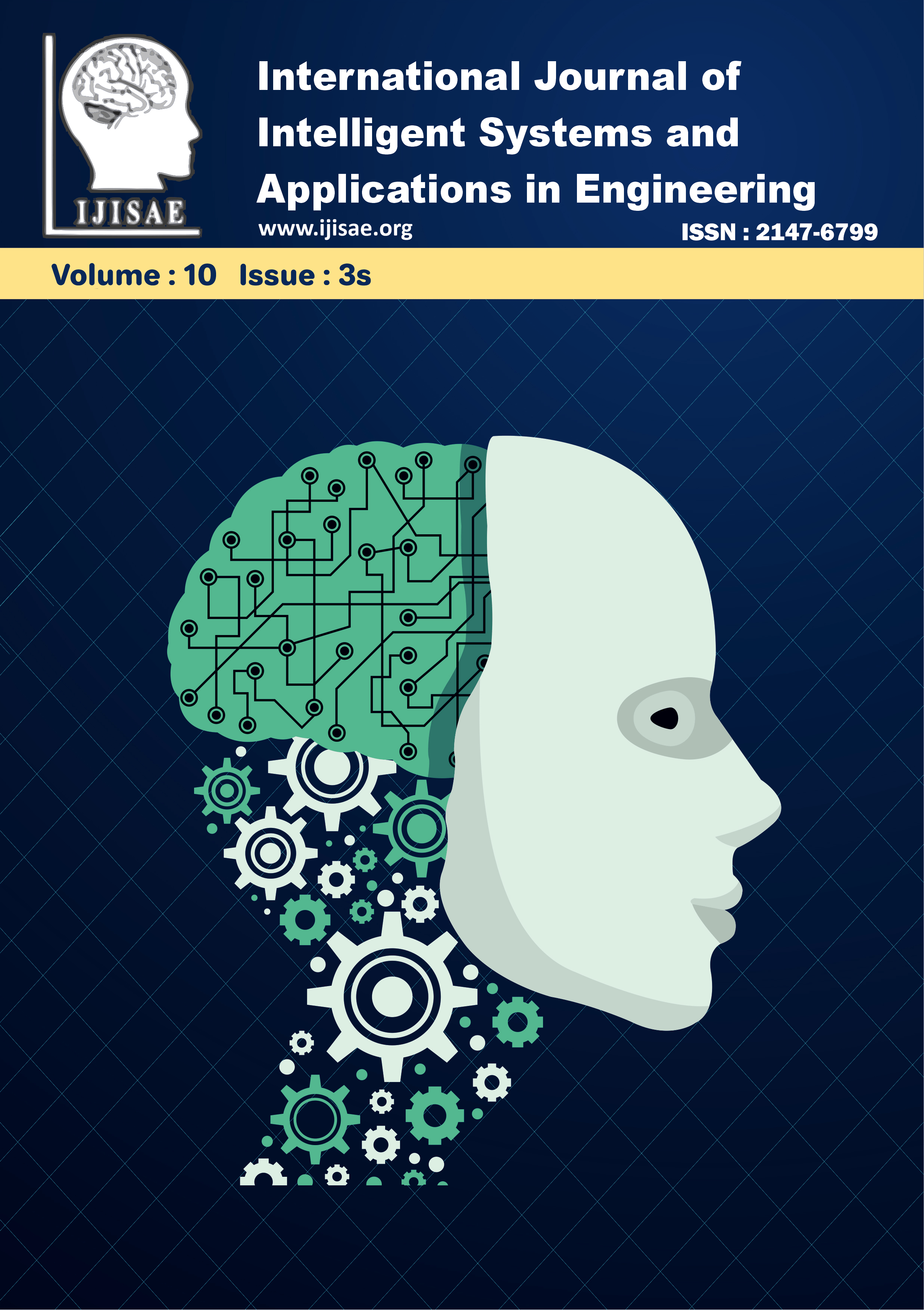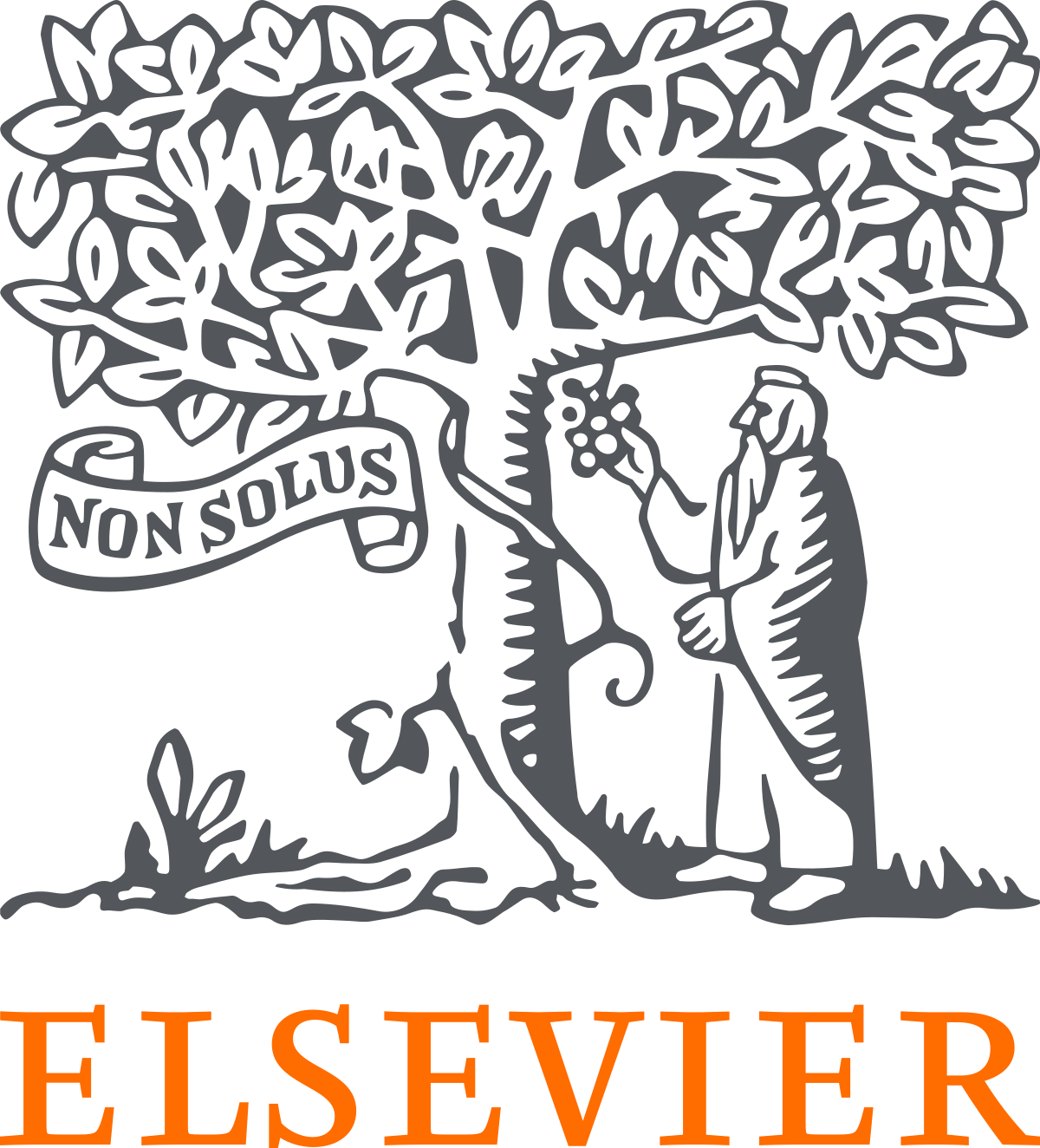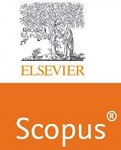Unlocking Access: Language AI as a Catalyst for Digital Inclusion in India
Keywords:
Language AI, Digital inclusion, India, Linguistic diversity, Natural language processing (NLP), Machine translation, Speech recognition, Digital divide, Regional languages, Code-switching, Digital literacy, Marginalized communities, India LanguagesAbstract
This study explores the transformative potential of Language AI in promoting digital inclusion across India's diverse linguistic landscape. It examines the challenges and opportunities in developing and implementing Language AI technologies to bridge the digital divide, particularly for speakers of regional languages. The research highlights successful applications in healthcare, education, and government services, while also addressing technical and non-technical obstacles. Key findings emphasize the need for collaborative efforts among stakeholders to create inclusive digital ecosystems. Future research directions include investigating long-term socioeconomic impacts, developing advanced AI systems for complex linguistic patterns, and assessing user experiences to inform ongoing improvements in Language AI applications.
Downloads
References
Census of India. (2001). Linguistic Diversity in India.
Kachru, Y. (2006). Language in South Asia: Diversity and Multilingualism. Cambridge: Cambridge University Press.
Rai, R. (2018). The Role of Elders in Rural Technology Adoption. Journal of Rural Studies, 56, 66-75.
Bhattacharyya, P., Mukherjee, S., & Dey, D. (2018). Named Entity Recognition in Assamese: A Rule-Based Approach. Proceedings of the International Conference on Computational Linguistics, 154-162.
Gandhi, R., & Rajendran, M. (2018). Comparative Study of Tamil and Telugu Syntaxes. Indian Journal of Linguistics, 54(2), 145-162.
Basu, S. (2019). Cultural Dimensions in Language Translation. Journal of Linguistics, 55(3), 245-263.
Bhatia, R. (2019). Challenges of Multilingualism in India: An Overview. Indian Journal of Language Studies, 12(1), 15-30.
NSSO. (2019). Household Social Consumption on Education in India. National Statistical Office, Ministry of Statistics and Program Implementation.
Singh, R., & Sharma, S. (2019). Challenges in Speech Recognition for Punjabi Dialects. International Journal of Speech Technology, 22(1), 45-58.
Devlin, J., Chang, M. W., Lee, K., & Toutanova, K. (2019). BERT: Pre-training of Deep Bidirectional Transformers for Language Understanding. Proceedings of the 2019 Conference of the North American Chapter of the Association for Computational Linguistics: Human Language Technologies, 4171-4186.
Sinha, A. (2019). Innovative Approaches in Education: The Pratham Learning App. International Journal of Education Development, 68, 48-58.
Bhatia, R., & Raghavan, S. (2020). Code-Switching in India: A Sociolinguistic Perspective. Journal of Language and Politics, 19(1), 35-54.
Dey, A. (2020). AI in Healthcare: Bridging the Gap in Rural India. Journal of Public Health Research, 9(3), 45-58.
Das, S., & Dey, S. (2020). Standardization Issues in Indian Language Processing. Proceedings of the International Conference on Computational Linguistics, 230-240.
Ko, T., Wilson, K., & Li, H. (2020). Data Augmentation for Low-Resource Speech Recognition: A Review. IEEE Transactions on Audio, Speech, and Language Processing, 28, 172-186.
Kumar, A., & Singh, P. (2020). Data Resources for Hindi Language Processing: A Survey. Journal of Computer Science and Technology, 35(4), 779-795.
Singh, R., & Sharma, S. (2020). Impact of Internet Accessibility on Digital Literacy in Rural India. Journal of Communication and Technology, 18(1), 25-38.
Yasmin, N. (2020). Language Policies in India: A Review of State Support for Multilingualism. Indian Journal of Political Science, 81(2), 305-320.
Rathore, H. (2020). Educating Rural Communities about AI: Strategies and Impacts. International Journal of Technology and Education, 45(2), 121-135.
Mehta, S., & Joshi, P. (2020). Microfinance and Digital Platforms: Empowering Small Businesses in India. Journal of Business Research, 112, 123-130.
Zou, J., et al. (2020). Artificial Intelligence in Health Care: Anticipating Challenges to Ethics, Privacy, and Access. American Journal of Public Health, 110(10), 1394-1396.
Kumar, A., & Gupta, R. (2021). Digital Government Services: An Analysis of the e-Sampark Initiative in Punjab. Indian Journal of Public Administration, 67(1), 35-50.
Mishra, P., & Rao, K. (2021). Bridging the Digital Divide in India: Community-Driven Language Documentation. Journal of Language and Technology, 15(3), 243-258.
Panda, M. (2021). Digital India: Bridging the Language Gap. Journal of Digital Policy, Regulation and Governance, 23(2), 105-120.
Nair, S. (2021). Digital Innovations in Health: The Case of Aarogya Setu. Indian Journal of Medical Ethics, 6(4), 204-207.
Rai, R. (2021). Digital Literacy Initiatives in Rural India: Challenges and Opportunities. Journal of Rural Studies, 78, 87-95.
Sharma, R., Mehta, A., & Gupta, P. (2021). Challenges in Standardizing Indian Languages for NLP. Journal of Language Technology, 8(1), 57-74.
Sahu, A. (2021). Technology Acceptance in Rural Areas: A Study of Bihar. Indian Journal of Management, 14(3), 88-97.
Borah, D., & Kalita, J. (2021). NLP Challenges in Low-Resource Languages: A Study on Assamese. Journal of Natural Language Engineering, 27(5), 555-578.
Internet and Mobile Association of India (IAMAI). (2021). Digital Content in India: A Report.
Kumar, A., Singh, R., & Gupta, P. (2020). Role of Language AI in Bridging the Digital Divide. International Journal of Language and Linguistics.
Rao, V. (2019). Language and Development: The Case for Regional Languages in Digital India. Economic and Political Weekly.
Sharma, S. (2020). Overcoming Barriers to Digital Inclusion in India. Journal of the Digital Society.
Shiratori, Y., Fukuda, T., & Nakano, M. (2020). Natural Language Understanding for Chatbots in Japanese. Journal of Natural Language Processing, 27(3), 47-61.
Takahashi, K., Yamada, Y., & Okamoto, H. (2021). Context-Aware Dialog Management for Chatbots. International Journal of Artificial Intelligence, 14(1), 15-30.
Matsumoto, T., & Nishida, T. (2021). Improving Chatbot Responses through Machine Learning. Artificial Intelligence Review, 54(5), 1-20.
Hsu, Y.-H., & Lee, H.-Y. (2019). Chatbot Design for Customer Service in Mobile Apps: An Analysis of User Feedback. International Journal of Human-Computer Interaction, 35(1), 22-32.
Zhang, Y., & Zhao, T. (2020). Crowdsourcing Data Collection for Language Processing: Opportunities and Challenges. Journal of Language and Linguistic Studies, 16(1), 50-64.
Zhou, L., Wang, Y., & Zhang, J. (2020). An Overview of Baidu DuerOS: The Next Generation Voice Interaction Platform. Journal of Artificial Intelligence Research, 68, 23-38.
Li, X., & Liu, Y. (2021). Enhancing Voice Assistant Accuracy with Deep Learning Techniques: A Case Study on DuerOS. Journal of Natural Language Engineering, 27(4), 451-467.
Downloads
Published
How to Cite
Issue
Section
License

This work is licensed under a Creative Commons Attribution-ShareAlike 4.0 International License.
All papers should be submitted electronically. All submitted manuscripts must be original work that is not under submission at another journal or under consideration for publication in another form, such as a monograph or chapter of a book. Authors of submitted papers are obligated not to submit their paper for publication elsewhere until an editorial decision is rendered on their submission. Further, authors of accepted papers are prohibited from publishing the results in other publications that appear before the paper is published in the Journal unless they receive approval for doing so from the Editor-In-Chief.
IJISAE open access articles are licensed under a Creative Commons Attribution-ShareAlike 4.0 International License. This license lets the audience to give appropriate credit, provide a link to the license, and indicate if changes were made and if they remix, transform, or build upon the material, they must distribute contributions under the same license as the original.






